Digital explosion-proof two-way radio is built for hazardous and demanding environments. With a rugged, intrinsically safe design and clear digital audio, it ensures secure, uninterrupted communication. Ideal for industrial sites, emergency response, and high-risk fieldwork where safety and clarity are critical.

Rugged, Waterproof Radio for Hazardous Environments
- Digital explosion-proof two-way radio meets IP68 standards and features 3W transmission power, ensuring clear and stable communication in hazardous and high-noise environments.
- Built with a rugged, professional-grade casing, this device offers strong resistance to water, dust, impact, and corrosion—perfect for demanding industrial, emergency, and outdoor operations.
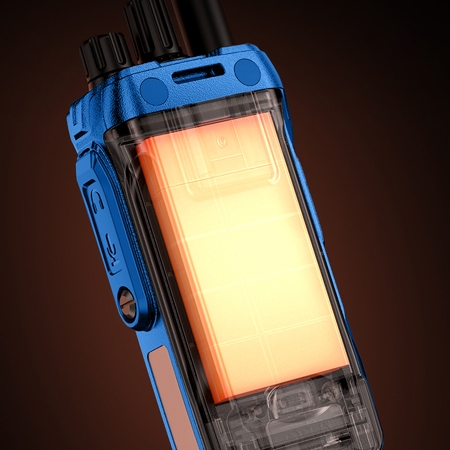
High-Power Radio with Intelligent Noise Filtering for Clearer Calls
- Featuring 16 channels and a rated voltage of 7.4V, this explosion-proof two-way radio ensures stable, flexible communication in hazardous environments.
- Designed for safety and performance, this two-way radio delivers clear digital communication in hazardous environments, combining durability, ease of use, and reliable connectivity.
Applications
Two-way radios are widely used in industries and outdoor environments where instant, reliable communication is essential. From construction sites and warehouses to security, event coordination, and emergency response, they help teams stay connected without relying on cellular networks. Ideal for improving efficiency, safety, and teamwork across various operations.

Chemical Plant
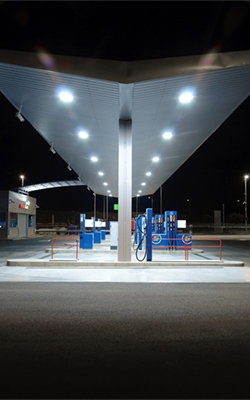
Gas Station
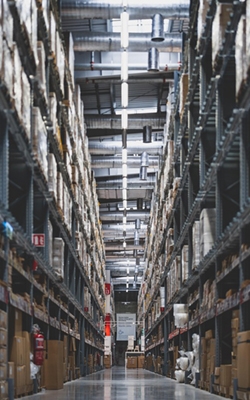
Warehouse
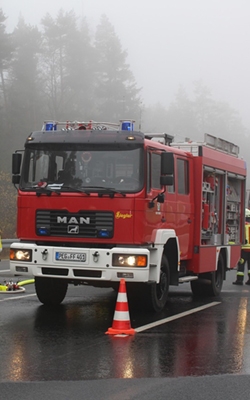
Firefighting
| Model | SISCO-TWR-DP998 |
| Rated Voltage | 7.4V |
| Charging Mode | Charger |
| Channel | 16 |
| Working Temperature | -30℃~60℃ |
| Product Size | 140*64*37mm |
| Product Weight | 306g |
Product Dimension

Product Display
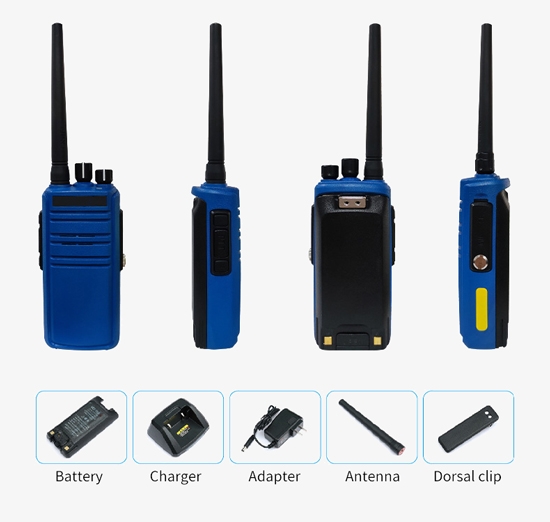
Q1: What is the difference between a walkie-talkie and a two-way radio?
A1: Technically, a walkie-talkie is a type of two-way radio—specifically, a handheld one. Two-way radio is the broader term, referring to any device that can both transmit and receive radio signals. These can be handheld, mobile (in vehicles), or fixed-base units. Walkie-talkie refers to portable, handheld two-way radios, typically with a built-in speaker and microphone for on-the-go communication. In everyday use, the terms are often used interchangeably—but "two-way radio" includes more than just walkie-talkies.
Q2: Can two-way radios work without internet or cell signal?
A2: Yes, two-way radios can work without internet or a cell signal. They use radio frequencies to communicate directly between devices, making them ideal for remote areas, emergencies, or locations with no network coverage. No SIM card, data plan, or Wi-Fi is needed. Just turn them on, set the same channel, and talk.
Q3: Is it legal to use a two-way radio?
A3: It depends on the type of radio and your country’s regulations.
- License-free radios (like FRS in the U.S. or PMR446 in Europe) are generally legal for personal or business use.
- High-power or professional radios (like GMRS, UHF/VHF) may require a license or registration.
Always check your local laws or communications authority (e.g., FCC in the U.S., OFCOM in the U.K.) before using a two-way radio, especially for business or long-range use.
Tips: How far can two-way radios communicate?
Range depends on terrain, power output, and antenna type. In ideal conditions:
- Consumer-grade radios: 1–5 km
- Commercial radios: Up to 10–20 km
- With repeaters: Even greater distances (city-wide or more)
Thank you for buying industrial test and measurement equipment on SISCO.com, all products sold by SISCO and the partner cover a 12 months warranty, effective from the date of receiving the products.
What is covered?
SISCO is responsible for providing free spare parts, and free technical support to assist the customer to repair the defective products until the problem is solved.
What is not covered?
- Product purchased from anyone other than a SISCO store or a SISCO authorized reseller.
- Expendable parts.
- Routine cleaning or normal cosmetic and mechanical wear.
- Damage from misuse, abuse or neglect.
- Damage from use of parts other than SISCO approved.
- Damage from use outside the product’s usage or storage parameters.
- Damage from use of parts not sold by SISCO.
- Damage from modification or incorporation into other products.
- Damage from repair or replacement of warranted parts by a service provider other than a SISCO authorized service provider.
- Damage caused by the application environment not meeting the product usage requirements and the failure to perform preventive maintenance.

